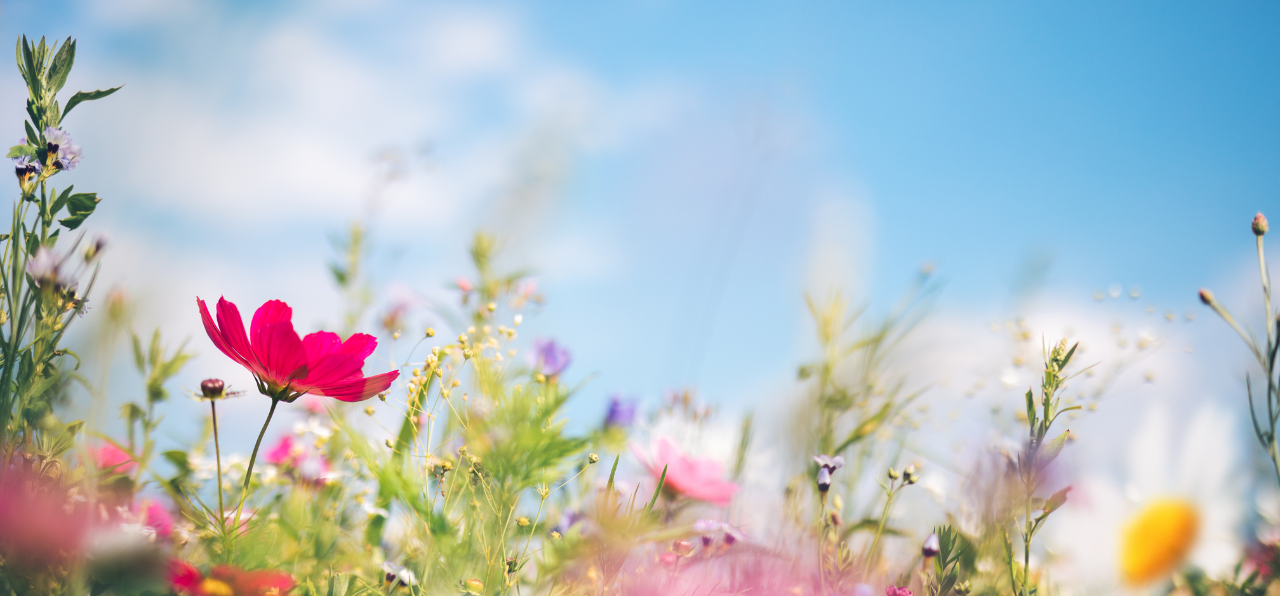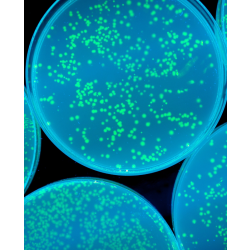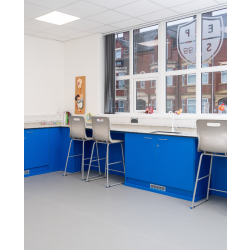

4 FREE Spring Practicals
With spring now (hopefully!) upon us plants will be growing at their best, what better time of the year to showcase them in all their colourful, wonderful glory?
From dissecting flowers and exploring the wonder of sexual reproduction in plants to a nifty way to study photosynthesis, without the fiddly setting up of the ever more elusive elodea pond weed; through to looking at ways to study geotropism, using the clinostat, and looking at those little doorways to the leaf: the stomata, using the stomatal peel.
The Stomatal Peel


These stomata or pores, connect directly to airspaces inside the leaves and regulate the movement (diffusion) of oxygen, carbon dioide and water vapour into and out of the plant. A simple method to observe stomata involves applying nail varnish to a leaf...
Parts of a Flower and how to Dissect


Flower dissection is a lovely, simple practical to do. Some flowers are large enough to clearly see the different parts and are easy to manipulate, some also contain both male and female parts (lily, hibiscus, tulip).
Get in Touch
If you have any questions or require additional information, please don't hesitate to get in touch with us. We're here to help! You can also book your FREE product demo and get expert advice









